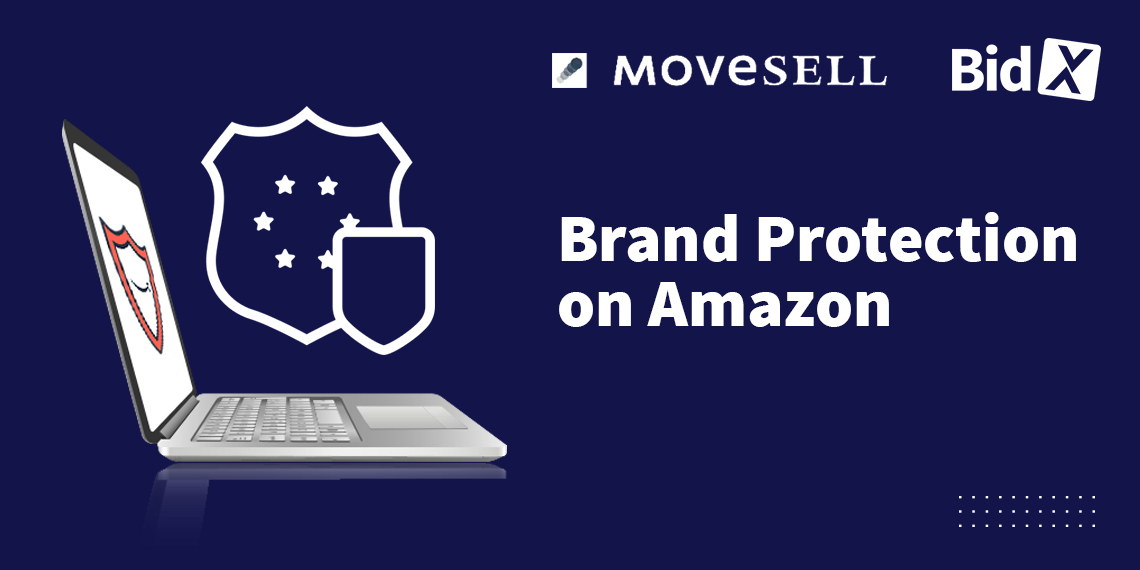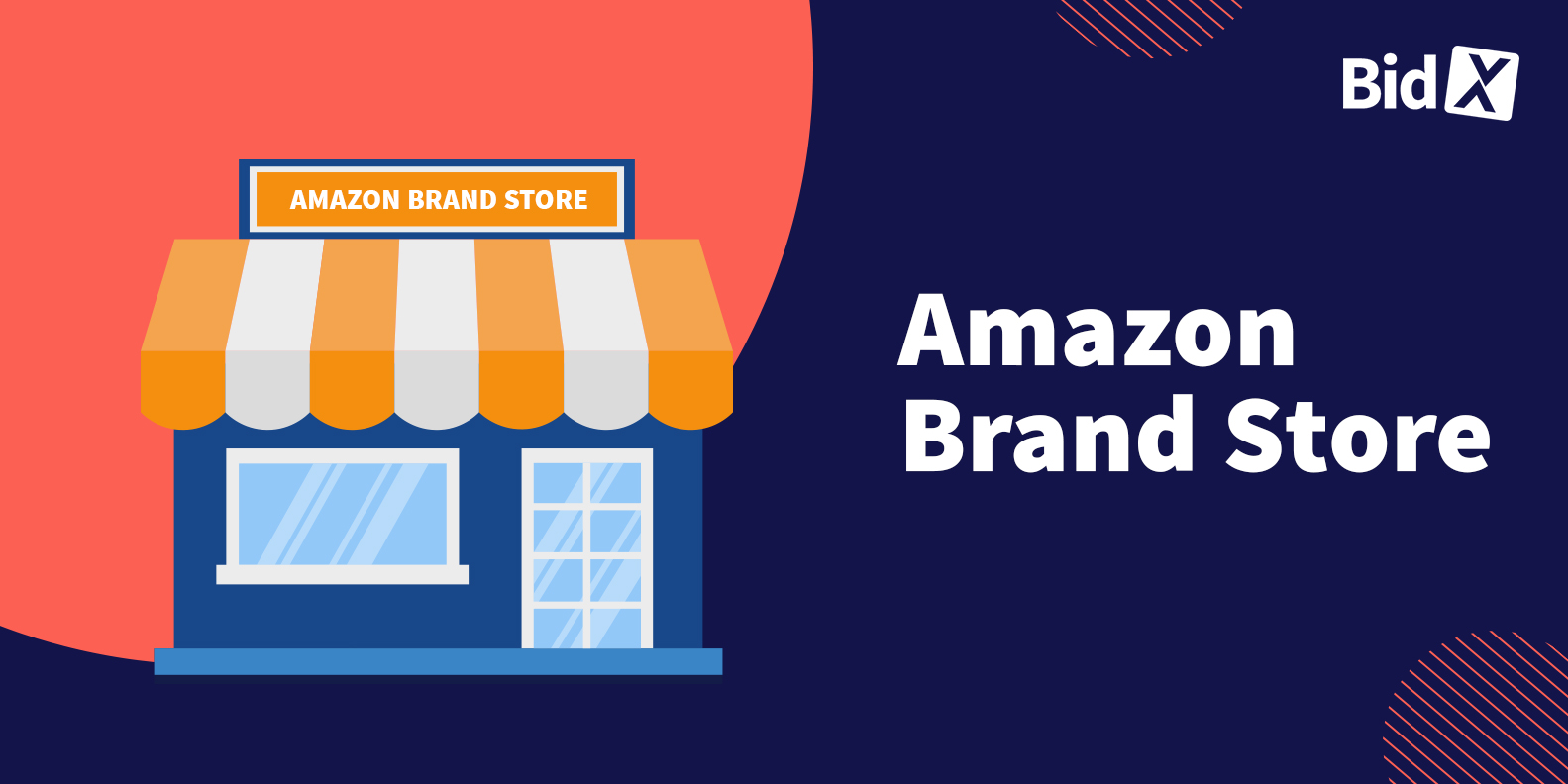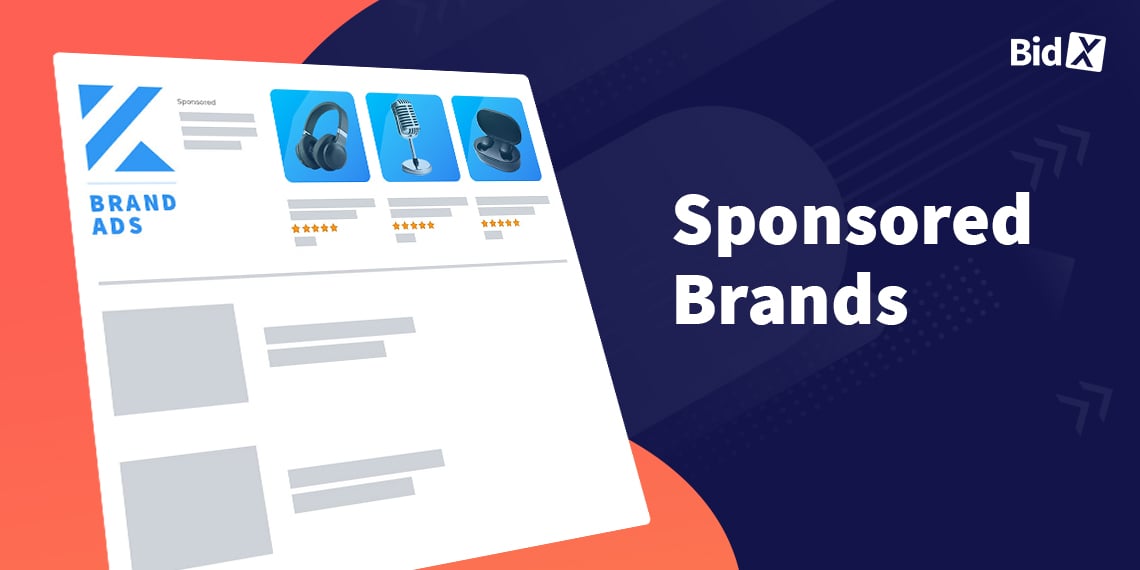Brand protection on Amazon - How to protect your brand
Amazon offers brands an enormous reach and customer base. If this is used strategically, it can quickly lead to equally large sales - the reason for many companies to offer products on the marketplace. What is often forgotten, however: The brand is also exposed to a certain risk on Amazon. In this article, you will learn what these risks are and how brands can protect themselves against them.
Brand protection on Amazon - What should you protect yourself against?
The risks a brand faces on Amazon are diverse. There can be several reasons for this: With its low entry barriers, Amazon makes it easy for merchants to offer their products on Amazon. At the same time, however, this circumstance also paves the way for counterfeits to enter the marketplace. The three biggest risk factors are:
-
Product counterfeiting
-
Content (SEO & product data)
-
Advertising (PPC advertising)
Product counterfeiting or plagiarism can significantly damage the reputation of your company. On the one hand, sales that actually benefit your brand could be siphoned off by counterfeit products. On the other hand, your own brand perception suffers due to counterfeit products with poor quality. Brands should therefore protect themselves from product counterfeiting and counteract it at all costs.
Further risk factors are hidden in the area of content. Product texts, product data and product listings are at risk. Other providers of the same products could make changes in these areas that have a negative impact on traffic or sales figures.
Even with advertising, the success of your business could be negatively affected by the competition. This is especially the case with PPC ads, as competitors can place ads on your products or keywords. Search queries that should originally concern your brand fall away to the competition in this way and you lose sales. At the same time, costs increase because several providers bid on the same keywords and products.
Therefore, there are three major areas in which your company's success can be damaged. However, you are not defenseless against these risks. Amazon is also concerned about the satisfaction of companies and customers, and therefore offers various protection mechanisms that ensure a secure brand presence. But what do the mechanisms for Amazon brand protection look like?
Amazon Brand Protection: Protection Mechanisms
Brands can obtain brand protection on Amazon in two basic ways. The first is Amazon brand registration, which provides companies with several services to protect themselves against product counterfeiting or content modifications. In order to protect your own keywords and products in advertising, you can also create brand protection campaigns that make it more difficult for competitors to advertise on your keywords.
Amazon Protection Mechanisms: Brand Registry
On Amazon, the Brand Registry is defined as the company's own brand registration. This is not to be confused with official brand registries, which have special legal functions. With the Amazon Brand Registry, brands can be registered and thus protected on the marketplace. In addition to the Amazon brand protection, brands also benefit from extended possibilities in product and brand presentation as well as in marketing.
To ensure the safety of your brand with the Brand Registry, you have to register your brand on Amazon. This registration process usually involves three steps:
- Collect important information: To register your brand on Amazon, you will need some information that will make it easier for you to register later on. This information includes a list of your product categories, your registration with a recognized brand authority, and your access to Seller or Vendor Central.
- Registration: Once you have compiled this information, you can register your brand with the Brand Registry. This registration is done via Seller Central access. The requested information has to be provided there.
- Verification: If the registration has been successfully completed, it can take up to two weeks for the request to be verified. Via a confirmation link, Amazon also verifies whether the applicant is the rightful brand owner. After that, the activation of the brand registry can take place.
After the brand has been successfully registered with the Amazon Brand Registry, you can benefit from all the protection mechanisms offered on Amazon. Amazon places particular emphasis on blocking infringing, fraudulent, and counterfeit offers. According to its own information, more than four billion offers have already been blocked before publication. You can find the protection mechanisms listed below:
- Amazon Transparency: The Amazon Brand Registry enables the use of the Amazon Transparency authentication service. This identifies branded products as such and thus offers a better possibility of exposing counterfeit products.
- Project Zero: Complementary to this, Project Zero ensures that customers buy genuine products and not counterfeit copies.
- Amazon IP Accelerator: The Amazon IP Accelerator provides an expert network that can support brands in cases of infringement.
- Right to edit the product listing: The Brand Registry guarantees registered brands the ultimate right to edit the product listing. If other providers want to make changes, these must first be approved by the registered brand. In this way, companies retain control over the listing and the information contained therein.
- Brand Registry Support: Another benefit provided by the Brand Registry is access to 24/7 support from Amazon. If you discover violations of your brand rights, you can proactively report them to Amazon and expedite the account suspension process.

Representation of the Amazon protection mechanisms by the Brand Registry
Interim conclusion: Amazon brand protection via the Brand Registry
The Amazon brand protection generated by the Brand Registry helps - especially against the first two risk factors of product counterfeiting and faulty content. Product counterfeits can be found and blocked with the help of Amazon Transparency and Project Zero. With the right to edit the product listing, unnoticed and unwanted changes to the listing are a thing of the past. To be even better protected against involuntary changes to the content, you can take the precaution of preparing upload sheets (e.g. stock files) and uploading them when changes are made to the product pages. This way, possible damage to the brand can be kept at bay.
Amazon protection mechanisms: Brand protection campaigns in advertising
To counteract the third risk factor, brand protection campaigns - also called defensive campaigns - are an effective solution. These campaigns do not serve the classic advertising goals, such as awareness or visibility. Rather, they prevent competitors from taking sales with campaigns that are targeted at their own keywords.
Thus, as much advertising space as possible should be occupied in the search for brand-owned products, so that these advertising slots are free of competing products. To achieve this, bids must be placed on the brand's own product names. In order to achieve comprehensive brand protection through advertising, a combination of the various campaign types is recommended. A mix of the following campaign types would therefore be effective:
- Sponsored Products
- Sponsored Brands
- Video Ads
- Product Attributed Targeting (PAT)
Amazon brand protection campaigns can also pursue cross-selling or upselling strategies. By filling advertising slots with complementary products, sales can be increased as well as the brand protected on Amazon.
The extent to which it is worthwhile setting up brand protection campaigns depends entirely on the company. Brand protection campaigns are costly and do not open up new target groups, but they do generate further sales through their cross-selling and upselling potential. Their main function, however, is to maintain seemingly secure sales. In some cases, the use of brand protection campaigns therefore means a lower margin for products. To what extent a company can bear this financial expense has to be calculated individually. It should be said, however, that a decision against brand protection campaigns can, in the worst case, mean significant sales losses.
Straight into practice: How to protect your brand on Amazon
Are you wondering how you can now apply this information to your business? If you are new to brand protection on Amazon, we recommend that you first analyze which risk factors already apply to your company. There are different approaches for this, depending on the area:
- Counterfeit products: In order to find out to what extent counterfeit products are offered on Amazon, tools in Seller Central as well as automatic alarm systems that indicate changes can be used. Services such as Amazon Transparency or Project Zero can also provide support here.
- Content changes: Changes to product pages, data or listings can be identified using Seller or Vendor Central, external alert systems or index checkers.
- Advertising: Whether search queries for brand-owned products are advertised by the competition can be found out by a simple check. To do this, you can check the advertising slots yourself by making search queries.
If you come across risks to your brand during your analyses, the protective mechanisms presented above will help you to avoid product counterfeiting and other risks.
Conclusion: Brand protection on Amazon - How to protect your brand
Brands are exposed to several risks on Amazon that can quickly put a damper on the sales hoped for. To counteract these risks, companies should look into the possibilities for brand protection on Amazon. The aim is to protect against product counterfeiting, third-party content changes and campaigns on the brand's own products.
Amazon offers various mechanisms for brands to protect one's own brand. The most important of these is the Brand Registry, which provides access to several protection mechanisms. In addition, brand protection campaigns can help to keep all available advertising slots that are displayed for own products free of competing products.
About the author
Moritz Meyer is co-founder and managing director of MOVESELL GmbH. The Amazon agency advises international brands such as Dunlop, Powerbar and Calvin Klein on their Amazon presence. The expertise of the Kiel-based agency includes strategies, analyses and marketing services. Moritz Meyer regularly shares his knowledge with his network on LinkedIn.






